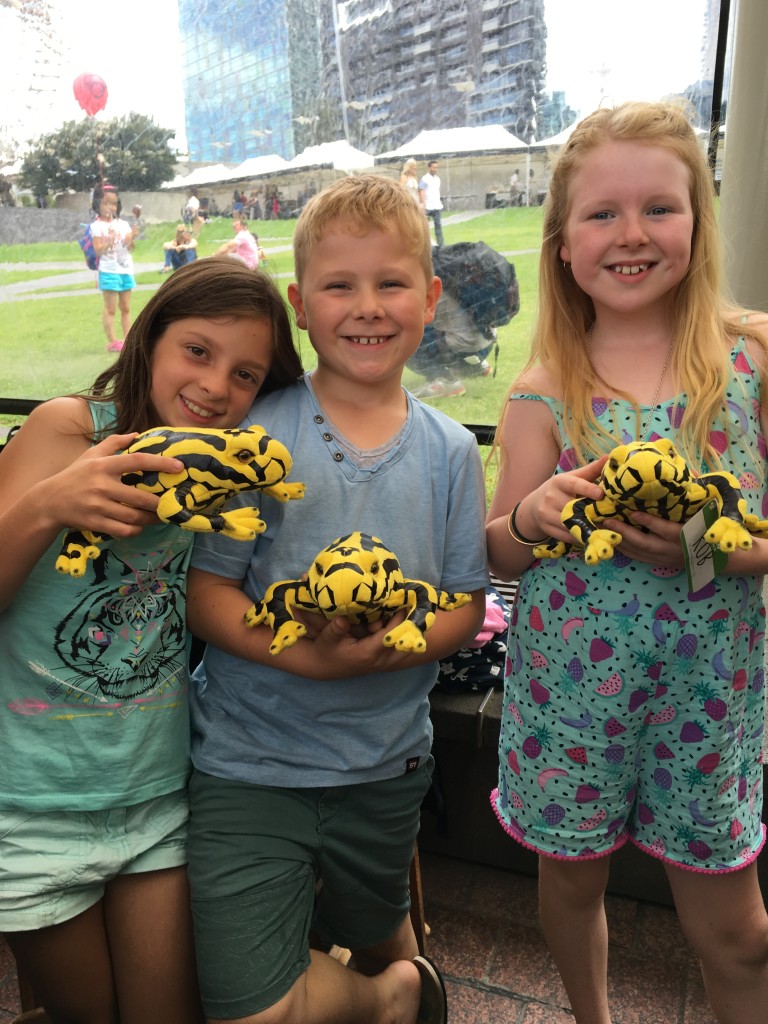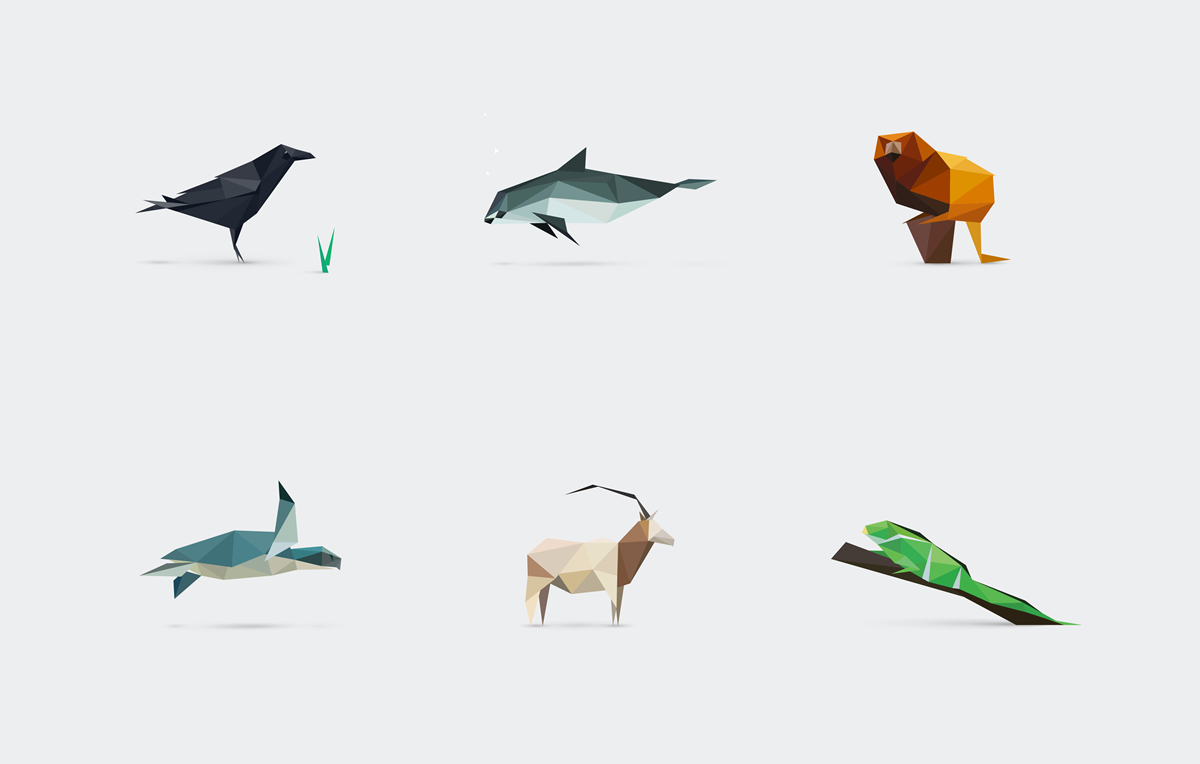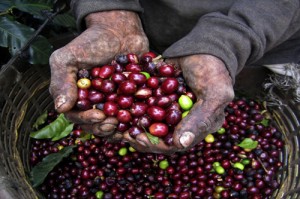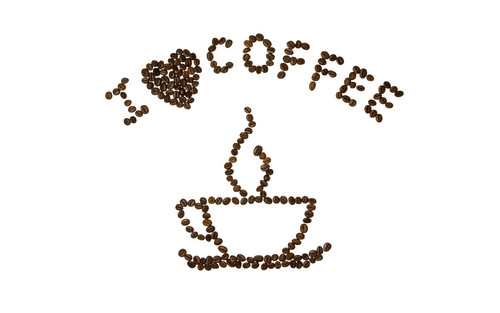I COULD NOT PASS THIS UP!! A Southern Corroboree Frog! Rob!
Not sure if you can read the sign? It encourages by-passers to kiss and or hug the large stuffed frog for the chance to donate money. Who would not want to kiss this gorgeous creature?
Here are the organisers and I was remiss in that I did not find out their names. I’m very sorry for they were devoted to their task. They told me they had raised over a hundred dollars! That’s pretty good going for 50 cents a pop. The frog is somewhat bigger than the real creature but that’s okay. Look at their cheery faces!!
As readers of Man of Clay will know, Chapter 14 is imbued with the corroboree frog and what a delightful little creature it is. The colours and pattern influence Connie’s party platter. But my main relationship with a corroboree frog is in Ektek. Bash, a determined pilot, is one of these fancy chaps. (See, party platter? Bash? All about the corroboree, eh!)
Tim Flannery has a new book. It’s called Atmosphere of Hope; searching for solutions to the climate crisis. I’ll have a bit more to say about this next time because I went to a Book Club where the man himself spoke and it is full of interesting hopeful ideas. However, this quote is worth noting:
‘There is one facet of the sixth extinction where climate change is not the sole culprit. Among the most dismal catastrophes to have struck the natural world in recent decades is the disappearance of many species of frogs and toads. About one third of all known 4740 species of frogs and toads are under threat, and in 2010 the International Union for the Conservation of Nature red list reported 486 species as critically endangered. Up to 122 species are likely to have become extinct since 1980. Back in 2005 the cause of this calamity was unclear. Today, courtesy of new research, we know the spread of the chitrid fungus, which attacks the skins of amphibians, was the primary cause of many, but not all, amphibian declines. In The Weather Makers, I said that the extinction of Costa Rica’s golden toad (Bufo periglenes) resulted from climate change. The latest studies support this, indicating ‘medium confidence’ (better than even chance) that climate change was the prime cause in this instance.’ pg 54
Couple of things about this quote. The uncertainty of science is a language matter. For Tim Flannery to talk about an ‘even chance’ does not mean there’s much debate about it at all. In fact, according to my research, the fact that chitrid spread so quickly is not only due to a feral species being introduced to waterways – probably a frog commonly used for human pregnancy testing – but also the conditions were nice and warm for the fungus to grow. So, we can trace frog disappearances back to humans which ever road we choose.
Of course, for the corroboree frog, it’s climate change that will get the survivors now. They are mountaineers, nestling into spagnum moss, needing snow and ice for their lifecycle to keep spinning. A few of them have gone because of ski resorts but that whole global warming thing, well, doesn’t bear thinking about it, does it.
As far as EKTEK goes, you can find it on Amazon. Thank you to the very kind readers who have supplied reviews. I am so grateful for your feedback. I’m working on the print version – the cover might have an issue so I’m waiting for a proof copy from Createspace before it’s clear for you to buy. While you wait, however, Bash has a number of adventures in his short life. Here’s an exerpt from ‘Out of Spite, Out of Mind’ you might like:
—Gidday, Bashy boy, came a deep, greasy voice from the dim low shadows of the tunnel—Long way from home, aren’t you? All alone in the dark, poor little creature… It was Spill, the diamond python. Spill was large for his size and Bash stared into his glittering eyes as though he’d been pinned to the ground. Bash wasn’t scared of many things but pythons were up there with the most scary things of all. Well up there. Pythons were never conducive to a frog’s feeling of good health, especially when that frog had recently been staring into a dark pit of despair. Suddenly Bash’s pit seemed very deep and very dark and there was absolutely no way out—Hi, Spill, didn’t see you there, in the dark… How have you been? How’s the family? Busy?
—Not as busy as you, Bash, from all accounts. I hear you’ve been very busy, Bashy boy. You’ve been up to some particularly interesting dealings, young Mr Frog, haven’t you, hmmmmm?
Bash nodded, following Spill’s every head sway, every movement, gently hypnotised into staying put while Spill slid just that little bit closer … —I admit, I did make a banner to encourage everyone to vote for the corroboree frog. We’ve got a lot of friends and I thought I could do my bit for the family but I haven’t done anything else, I swear, just the banner and I know that wasn’t right but corroboree frogs are in with a good chance, don’t you …
—What did I hear? Old growth forests, wasn’t it? Pulped? Was that you, Bashy? Pulping habitat. Ummm … That’s a naughty no-no, isn’t it. I would have thought you’d know better … Spill moved closer to the little frog who, in turn, moved back hard into the wall of the cave. So hard he could feel grit cutting into his thin frog skin. Spill was so close, Bash could feel the breath puffing out of his mouth. He turned his mouth to the side to suck clean air into his froggy lungs—Nothing to do with me, Spill. I swear …
—Swearing’s a nasty habit. Those poor little whales. I really feel for them. Gone for munchies. Makes me hungry just thinking about them. All I’d need would be one little morsel, maybe a little dorsal morsal, and I’d be satisfied …
—You were listening …
—Hey, froggie, the walls have ears around here. You should know that. Just happened to be passing. Fascinating the titbits that fall in one’s path, ain’t it.
Bash swallowed hard.
—The things you learn, continued Spill—Makes you think, don’t it. Makes me think; that’s for sure, about all sorts of things; like, you. I’ve been thinking about you, Bash, ol’Basheola, Bashy boy; do you think you deserve to live? Or would you say I deserve a snack? A little Bashy-nashy snack?
—Spill, I didn’t do it, I really didn’t do it, whatever you’ve heard, Spill, honestly, it’s all lies. Bash became louder and louder as Spill got closer and closer. Bash was shouting for his life—Really. I don’t know what’s going on. It’s complete fabrication and I can’t imagine why anyone would want to ruin me like this. I’ve never done anything to hurt anybody …
Who is to say what might have happened if, suddenly, like super heroes, Torque and Spark had not flown down the tunnel towards Bash and Spill at that very moment with Bash stuck, hard and squealing, in Spill’s hypnotising eye beam.
—Hi-ya there, Bash, all right, then? said Torque cheerfully—Evening, Spill. How’s it hanging?
—Come to see you home, Bash, said Spark—Need a lift?
Without waiting for discussion, Torque and Spark flew down to either side of the little frog and lifted an arm of black and yellow each. They flapped their flight wings as hard as they could and, before the amphibian had any idea of what was happening, got purchase and winged that little black-and-yellow corroboree frog out of there as fast as they could carry him.
Spill slid round and watched the bizarre trio fly erratically down the hallway. He sneered and had a quiet little chuckle deep down in his long scaly throat before moving quietly on his way.









